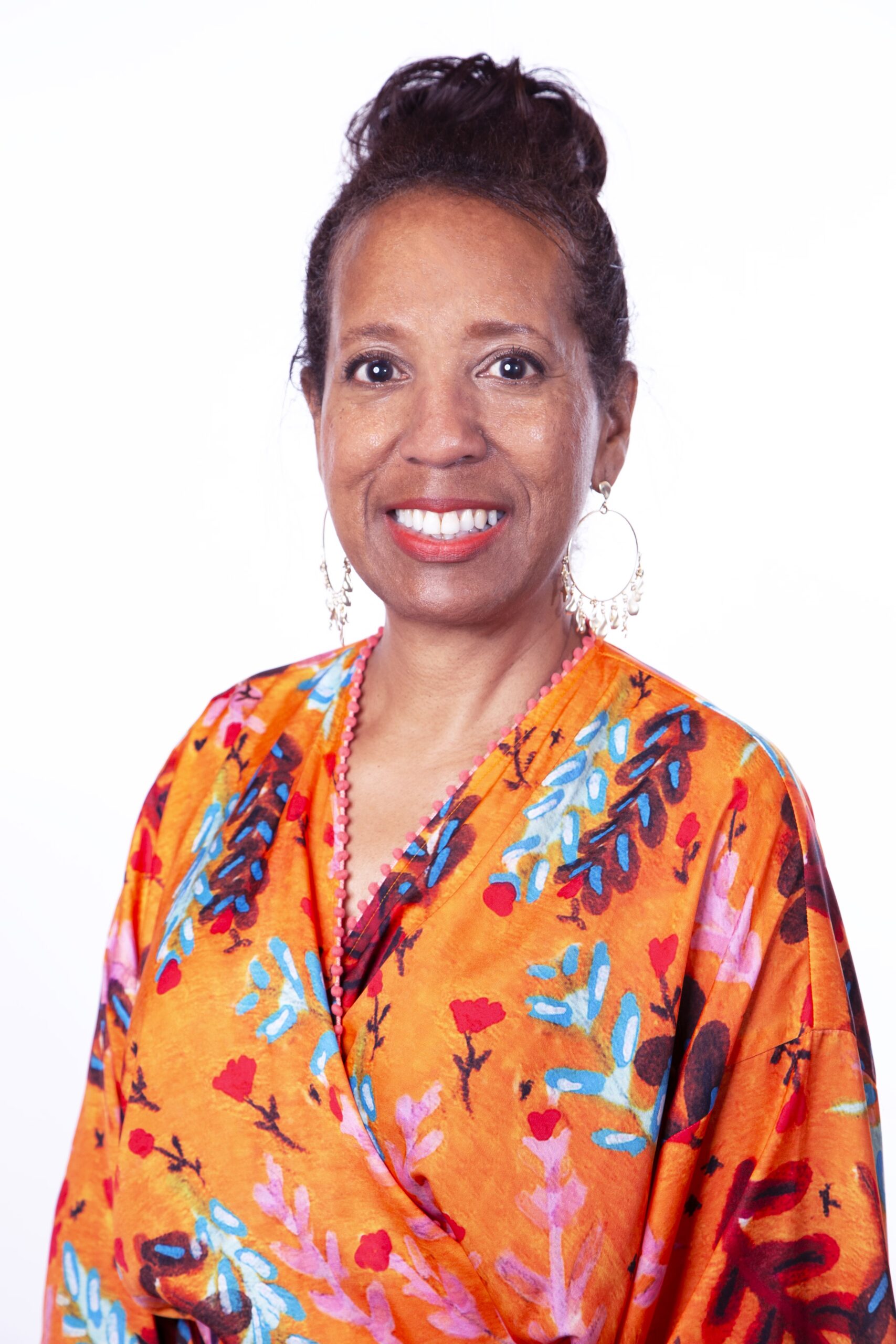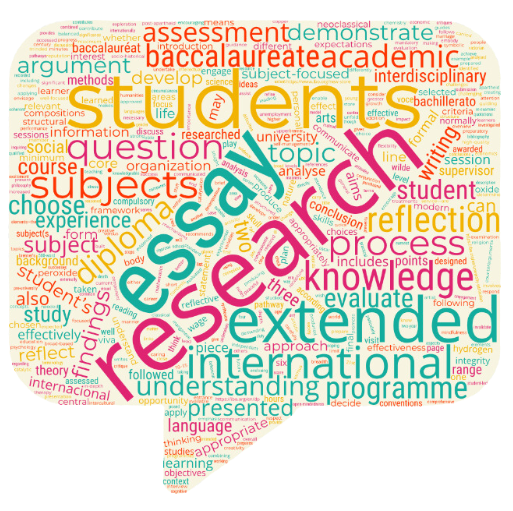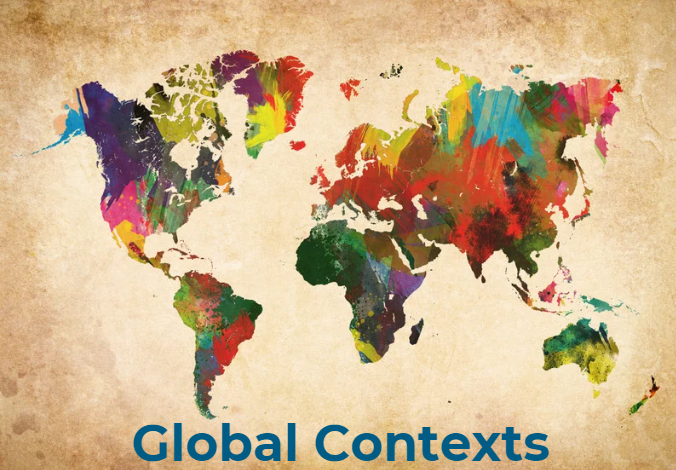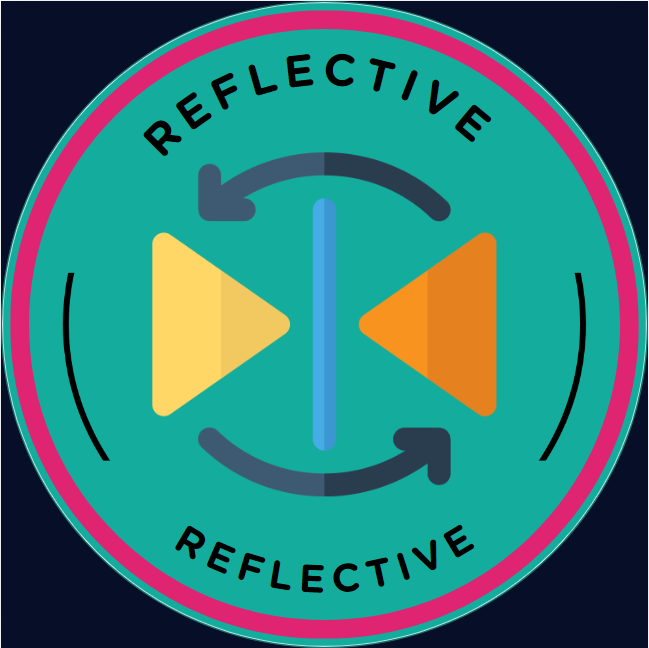Updated: Nov 30, 2021
“A Senegalese poet said ‘In the end we will conserve only what we love. We love only what we understand, and we will understand only what we are taught.’ We must learn about other cultures in order to understand, in order to love, and in order to preserve our common world heritage.”
–Yo Yo Ma, White House Conference on Culture and Diplomacy
Intercultural understanding involves a journey into developing knowledge, acquiring capabilities to act, and dispositions that include appreciating, respecting and caring for others. In our previous blog post, we referenced the three areas used by the Australian Curriculum as a framework for thinking about how educators might nurture intercultural understanding in learners. We will take a brief look into the first of these elements, “Recognizing culture and developing respect,” as we consider how to weave them into our own contexts and curriculum.

Inquiry into the Intent to Grow Intercultural Understanding
A crucial action step in growing intercultural understanding in a school or district is putting into words the intentions towards doing so. These intentions could be stated as a part of the organization’s mission statement, in the belief statements and/or as an element in the school/district improvement action plan. The stated intent could then serve as a springboard for action planning to bring the words to life.
Create and Implement the Action Plan
The next step would entail deciding ways to really see others (Remember Sawubona from Part 1 in this blog series?) and plan the actions and structures to support the value placed on intercultural understanding. Some possible actions that could be planned to recognize and build respect for cultures are listed below as sparks for individual schools’ collaborative conversations.
· Identifying the cultures of the school community
· Affirming cultural identity
· Forming a school community language profile
· Creating displays that convey the value of diversity
· Utilizing language learning and multilingualism as a window into one’s own and other cultures
· Hosting activities that celebrate the cultures of students and staff and cultivate positive attitudes and beliefs
· Modeling curiosity, appreciation of, and genuine interest in all cultures
· Teaching students methods that encourage respectful dialogue
· Providing professional development opportunities to explore, share ideas, and reflect on intercultural understanding
· Deciding which resources are needed to engage with and learn about various cultures
· Gathering input from all members of the school community
Reflect and Revise Plan
Once the plan has been implemented, the school community can use the information gathered to reflect on their actions for respecting cultures. Some possible questions for capturing that information might be:
· Did our mission/belief statement communicate our intent to develop intercultural understanding in our school community?
· Which actions were most successful for developing cultural respect? How do we know? Why were they successful?
· Which actions need refinement?
· Do we need additional resources, information, or professional development?
· What new ideas do we have as a result of implementation?
· What do we need to do next?
To gain the broadest perspective, the school could seek the voices from each stakeholder group as they inquire to evaluate and revise the action plan. Doing so would also put into practice, seeing everyone and letting them shine a light on their unique cultural stories.
When a school community recognizes culture and develops respect with strategies and processes in a conscientious manner, intercultural understanding can be nurtured to create a caring culture that allows the entire school community to feel valuable. In Part 3 of this series, we will explore the second area of the Australian Curriculum’s plan, Interacting and Empathizing with Others.
Author
-

Jill is the CASIE Director of Education. She has a Master’s degree in Educational Leadership from Clark Atlanta University and a Bachelor’s degree in Education from The Ohio State University. Her past work experience includes serving as a teacher, IB coordinator, assistant principal, associate principal, 12 years as a principal with the last 7 leading an IB World School, Executive Director of Academic Programs including all four IB Programmes, head of of Curriculum and Assessment for Marietta City Schools, and an IB Educator Network programme leader. She enjoys learning, reading, walking, spending time with her husband, daughter, son, daughter-in-law, and friends.
View all posts




